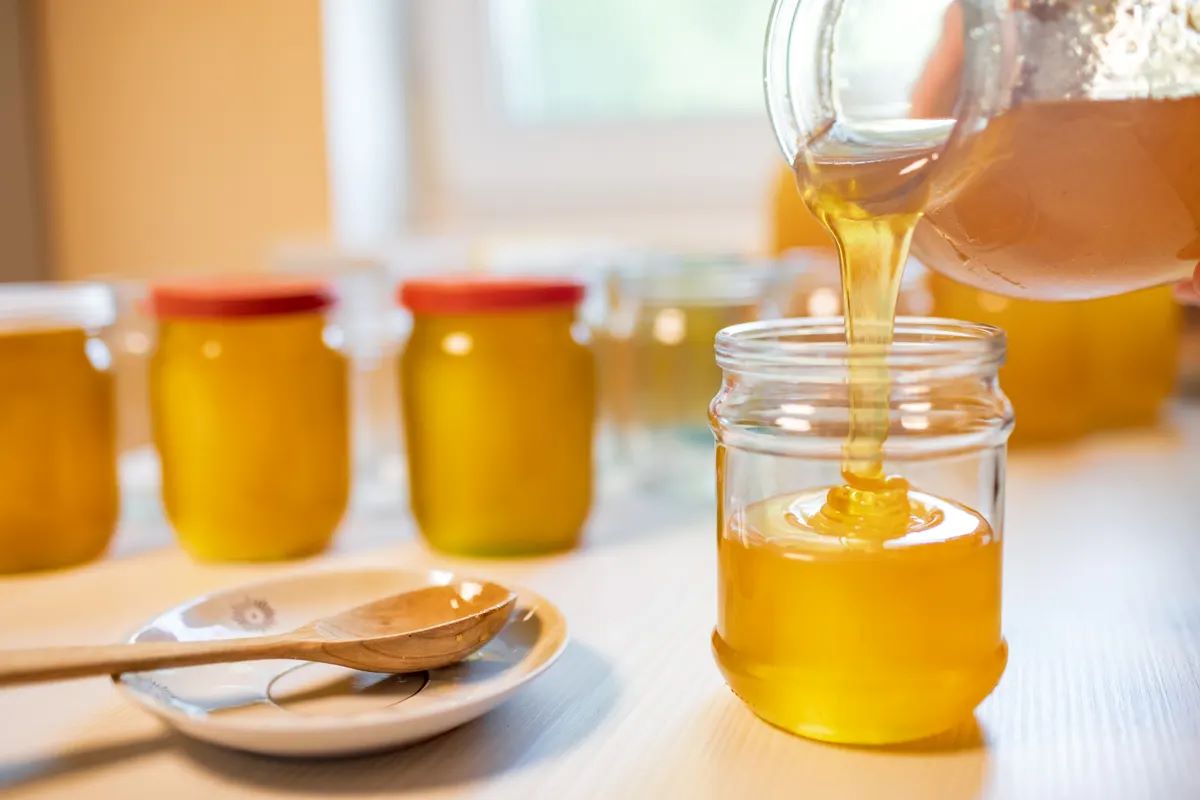

Articles
How To Store Honey Properly
Modified: December 7, 2023
Learn how to properly store honey with these helpful articles. Discover the best tips and techniques to ensure your honey stays fresh and delicious.
(Many of the links in this article redirect to a specific reviewed product. Your purchase of these products through affiliate links helps to generate commission for Storables.com, at no extra cost. Learn more)
Introduction:
When it comes to storing honey properly, there are a few key factors to consider. Honey is a natural sweetener that has been cherished for centuries due to its delicious taste and numerous health benefits. However, if not stored correctly, honey can lose its flavor and texture and become susceptible to spoilage and fermentation.
In this article, we will discuss the best containers for storing honey, the proper temperature for storage, how to protect honey from sunlight and water contamination, the importance of sealing honey containers, storing honey for long-term use, and how to check for spoilage or fermentation in stored honey.
Whether you are a beekeeper with a surplus of honey or a honey enthusiast purchasing it in bulk, understanding how to store honey correctly will help preserve its quality and freshness for an extended period.
So, let’s dive into the details of proper honey storage and ensure that your honey remains delicious and enjoyable for months to come.
Key Takeaways:
- Properly storing honey is essential to maintain its freshness and quality. Choose the right containers, protect it from sunlight and moisture, and regularly check for spoilage to enjoy delicious honey for an extended period.
- Storing honey in suitable containers, protecting it from direct sunlight and moisture, and checking for spoilage ensures long-lasting freshness and flavor. With proper care, your honey will remain delicious for months or even years to come.
Read more: How To Store Honey
Best Containers for Storing Honey:
Choosing the right container for storing honey is crucial to maintain its quality and prevent any contamination. Here are some of the best options:
- Glass Jars: Glass jars are a popular choice for storing honey due to their non-reactive nature. They do not alter the taste or quality of honey and are easy to clean. Look for jars with an airtight seal to prevent air exposure.
- Plastic Containers: Food-grade plastic containers, such as PETE or HDPE containers, can also be used for storing honey. Opt for BPA-free containers that are specifically designed for food storage. Make sure they have a tight-fitting lid to maintain freshness.
- Stainless Steel Containers: Stainless steel containers are another excellent option for storing honey. They are durable, non-reactive, and provide an airtight seal to protect the honey from air and moisture.
- Ceramic Containers: Ceramic containers with a food-safe glaze can also be used to store honey. They add a touch of elegance to your kitchen and provide a cool and dark environment for the honey.
- Tightly Sealed Plastic Bags: If you need to store smaller quantities of honey, you can use tightly sealed plastic bags. Make sure they are made of food-safe, non-porous material to prevent any leakage or contamination.
Whichever container you choose, it is essential to ensure that it is clean, dry, and free from any residue that could affect the quality of the honey. Additionally, opt for containers with smaller openings to prevent exposure to air and moisture.
Remember, storing honey in inappropriate containers, such as metal containers or porous materials, can cause the honey to oxidize or absorb odors, resulting in a compromised taste and quality.
Now that you know the best containers for storing honey, let’s move on to discussing the proper temperature for honey storage.
Proper Temperature for Storing Honey:
The proper temperature for storing honey plays a significant role in maintaining its quality and flavor. Honey is naturally resistant to microbial growth and spoilage due to its low water content and acidic pH. However, extreme temperatures can affect the taste, texture, and overall quality of honey.
The ideal temperature for storing honey is between 50°F (10°C) and 70°F (21°C). This range ensures that the honey remains stable and does not undergo any undesirable changes. Avoid storing honey in areas where the temperature fluctuates rapidly, such as near heating sources or in direct sunlight.
High temperatures can cause honey to become runny and lose its natural texture and viscosity. It may also lead to fermentation, where the sugars in the honey break down, producing carbon dioxide and alcohol. This can result in a sour taste and an unpleasant odor.
On the other hand, extremely cold temperatures can cause honey to crystallize. While crystallization is a natural process, storing honey in the refrigerator can accelerate this process. Crystallized honey is still safe to consume, but it may be less appealing in terms of texture and may require gentle heating to liquefy it again.
To store honey at the proper temperature, choose a cool and dark location in your pantry or cupboard away from heat sources and direct sunlight. Ensure that the storage area is well-ventilated to prevent the accumulation of moisture, which can affect the quality of the honey.
Now that you know the proper temperature for storing honey, let’s discuss how to protect it from direct sunlight.
Keeping Honey Away from Direct Sunlight:
Exposure to direct sunlight can have detrimental effects on honey, leading to the degradation of its quality. Here are some reasons why it’s important to keep honey away from direct sunlight:
1. Heat and Temperature Fluctuations: Direct sunlight can raise the temperature of the container, causing the honey to become runny and lose its natural texture. The heat can also accelerate the breakdown of honey’s natural sugars, leading to fermentation and a change in taste.
2. UV Radiation: Sunlight contains ultraviolet (UV) radiation, which can break down the beneficial enzymes and antioxidants present in honey. These compounds contribute to honey’s health benefits and are responsible for its rich flavor.
3. Color and Appearance: Prolonged exposure to sunlight can cause honey to darken and change its color. This alteration in appearance may be undesirable to some consumers who prefer lighter-colored honey.
To protect honey from direct sunlight, follow these tips:
1. Storage Location: Store honey in a cool, dark place, such as a pantry or cupboard. Ensure that the storage area is away from windows or any other sources of direct sunlight.
2. Opaque Containers: Choose containers made of opaque materials, such as glass or plastic, that block sunlight. Avoid clear containers that allow sunlight to penetrate.
3. Proper Sealing: Ensure that the containers are tightly sealed to prevent any light exposure. Airtight lids or caps are essential for maintaining the quality and freshness of honey.
4. Consider Secondary Packaging: If storing honey in a clear container, consider using a secondary packaging, such as a dark-colored bag or wrapping, to further protect it from sunlight.
By taking these precautions, you can preserve the color, taste, and nutritional benefits of honey and ensure that it maintains its quality over time.
Now, let’s move on to discussing how to avoid moisture and water contamination when storing honey.
Avoiding Moisture and Water Contamination:
Moisture and water can significantly impact the quality and shelf life of honey. Honey has a low water content, making it resistant to microbial growth. However, exposure to moisture can dilute the honey and create an environment that promotes bacterial growth and fermentation. To avoid moisture and water contamination, follow these guidelines:
1. Choose Dry Storage Area: Select a dry storage area for your honey containers. Avoid areas that are prone to high humidity, such as near sinks or dishwashers.
2. Avoid Water Splashes: When handling honey, ensure that no water or liquid comes in contact with it. Water droplets can introduce moisture into the honey and potentially lead to spoilage.
3. Properly Seal Containers: Make sure your honey containers have airtight seals. This prevents moisture from entering and keeps the honey fresh. Check the lids or caps regularly to ensure they are secure and not damaged.
4. Use Wax or Foil Seal: Consider using an additional layer of protection by placing a wax or foil seal on the container’s opening. This adds an extra barrier against moisture and contamination.
5. Store Away From Water Sources: Keep honey containers away from sinks, leaking pipes, or any other water sources that may cause accidental spills or drips.
6. Avoid Condensation: Condensation can occur when there are significant temperature fluctuations. To prevent condensation, store honey in a cool and stable environment, away from areas with extreme temperature changes.
7. Handle Honey with Dry Utensils: When scooping honey out of the container, use dry utensils or spoons. Using wet utensils can introduce moisture into the honey and impact its quality.
By following these measures, you can protect your honey from moisture and water contamination, ensuring its longevity and quality. Now, let’s explore the importance of sealing honey containers to further preserve its freshness and flavor.
Store honey in a cool, dry place away from direct sunlight. Keep the lid tightly sealed to prevent moisture from getting in, which can cause fermentation. If honey crystallizes, gently warm it in a water bath to return it to its liquid state.
Read more: How To Store Honey Syrup
The Importance of Sealing Honey Containers:
Properly sealing honey containers is essential for preserving its freshness, flavor, and quality. Here’s why sealing honey containers is important:
1. Prolonged Shelf Life: Sealing honey containers creates an airtight environment, preventing air and moisture from entering. This helps to extend the shelf life of honey by slowing down the natural process of oxidation and reducing the risk of spoilage.
2. Preservation of Aroma and Flavor: Honey is known for its aromatic and flavorful profile. A tightly sealed container helps retain the natural aroma and flavor of the honey, allowing it to be enjoyed to its fullest potential.
3. Protection Against Contaminants: Sealing honey containers prevents contaminants, such as dust, dirt, and insects, from entering the jar. This ensures that the honey remains pure and free from any potential sources of contamination.
4. Prevention of Absorption of Odors: Honey has a unique ability to absorb odors from its surroundings. Keeping the container tightly sealed prevents the honey from absorbing unwanted smells or flavors from the environment, preserving its original taste.
5. Minimization of Crystallization: Sealing honey containers helps to minimize crystallization. Crystallization is a natural process where honey solidifies, leading to a grainy texture. While crystallized honey is safe to consume, a tightly sealed container can slow down the crystallization process, allowing the honey to remain liquid for a more extended period.
To ensure proper sealing of honey containers, follow these tips:
1. Choose Well-Fitting Lids: Opt for containers with lids or caps that fit tightly to create an airtight seal. Ensure that the lids are in good condition and free from cracks.
2. Inspect Seals Regularly: Periodically check the seals of your honey containers to ensure they are intact and functioning properly. Replace any damaged or worn-out seals to maintain optimal freshness.
3. Secure Secondary Packaging: If storing honey in non-sealed containers, consider using additional secondary packaging, such as plastic wrap or resealable bags, to provide an extra layer of protection and keep the honey airtight.
Remember, a well-sealed honey container not only keeps the honey fresh but also maintains its overall quality. Through proper sealing, you can enjoy the full flavors and benefits of your honey for an extended period.
Now, let’s move on to discussing how to store honey for long-term use.
Storing Honey for Long-Term Use:
If you have a surplus of honey or want to store it for an extended period, proper long-term storage is crucial to preserve its quality. Here are some guidelines for storing honey for long-term use:
1. Select Suitable Containers: Choose containers that are specifically designed for long-term storage, such as glass jars or food-grade plastic containers. Ensure they have airtight seals to prevent air and moisture from entering.
2. Ensure Dry Storage: Store honey in a cool, dry, and dark location to discourage moisture accumulation. Avoid areas with high humidity, such as basements or near appliances that produce heat.
3. Keep Away from Odor-absorbing Substances: Honey has a tendency to absorb odors from its surroundings. Store honey away from any odor-emitting substances to prevent any alterations in its flavor and aroma.
4. Avoid Extreme Temperatures: Fluctuating temperatures can affect the quality of honey over time. Maintain a stable storage temperature between 50°F (10°C) and 70°F (21°C) to prevent crystallization, fermentation, and loss of flavor.
5. Rotate Stock: If you have multiple containers of honey, consider using a “first in, first out” approach. Consume the older jars first to ensure you enjoy the freshest honey and avoid any potential deterioration.
6. Label and Date Containers: Labeling and dating your honey containers will help you keep track of their age and ensure you use the oldest ones first. This practice is especially helpful if you have different varieties or batches of honey.
7. Consider Freezing: If you want to store honey for an extended period, freezing is an option. Transfer honey to freezer-safe containers, leaving some headspace for expansion, and freeze. Thaw frozen honey gradually in the refrigerator when ready for use.
8. Regularly Inspect Stored Honey: Periodically check on your stored honey to ensure there is no sign of spoilage or fermentation. Look for any changes in color, texture, or odor. If you notice any abnormalities, discard the honey to prevent any health risks.
By following these guidelines, you can successfully store honey for long-term use without compromising its quality. Enjoy the sweetness of your stored honey in various culinary creations, drinks, or simply as a sweetener for months or even years to come.
Now, let’s move on to discussing how to check for spoilage or fermentation in stored honey.
Checking for Spoilage or Fermentation in Stored Honey:
While honey has a long shelf life, it’s important to periodically check for any signs of spoilage or fermentation, especially in stored honey. Here are some indicators to look for when checking the stored honey:
1. Appearance: Visually inspect the honey for any changes in color or clarity. Fresh honey should have a consistent color and appear clear. If you notice any cloudiness, mold growth, or particles floating in the honey, it may indicate spoilage.
2. Texture: Check the texture of the honey. It should be smooth and flowing. If the honey appears thick, grainy, or crystallized throughout, it does not necessarily indicate spoilage but rather a natural process called crystallization. Simply warm the honey gently to return it to a liquid state.
3. Aroma: Smell the honey for any off or unpleasant odors. Fresh honey has a distinctive, sweet aroma. If you detect any sour, fermented, or off-putting smell, it could be a sign of spoilage or fermentation.
4. Taste: Taste a small amount of the honey to check for any unusual flavors. Fresh honey should have a sweet, pleasant taste. If you notice a sour or off taste, it may indicate fermentation or spoilage.
5. Gas Production: Examine the honey container for any signs of gas production. If the container appears bloated or there is an audible hiss when opening it, it could be a result of fermentation. Gas production can be an indication of bacterial activity, which is undesirable in stored honey.
6. Expiration Date: Check the expiration date or the date you stored the honey to ensure it falls within a reasonable timeframe. While honey can last indefinitely when stored properly, it’s still good practice to consume it within a reasonable timeframe to enjoy its optimal quality.
If you observe any of the above signs in your stored honey, it’s best to discard it to avoid any potential health risks. Spoiled or fermented honey may contain harmful bacteria or yeast, which can lead to digestive issues if consumed.
Remember, with proper storage conditions, regular inspections, and consumption within a reasonable timeframe, you can enjoy the long-lasting goodness and flavor of honey.
Now, let’s move on to the frequently asked questions about storing honey.
Frequently Asked Questions (FAQs):
1. Can honey spoil?
While honey has a long shelf life, it can spoil under certain conditions. Exposure to moisture, heat, and contamination can lead to fermentation or the growth of mold and bacteria. It’s essential to store honey properly to maintain its freshness and quality.
2. Can crystallized honey still be consumed?
Absolutely! Crystallized honey is a natural process and does not indicate spoilage. It is safe to consume crystallized honey, but if you prefer a liquid consistency, you can gently warm the honey in a warm water bath to liquefy it.
3. Can I store honey in the refrigerator?
While honey can be stored in the refrigerator, it is not necessary unless you live in a very hot and humid climate. Refrigeration can accelerate the crystallization process, making the honey solidify more quickly. It’s best to store honey in a cool, dark pantry or cupboard.
4. What is the shelf life of stored honey?
Honey, when stored properly, has an indefinite shelf life due to its low water content and acidic nature. However, for optimal quality, it’s recommended to consume honey within two years of purchase or the date of extraction.
5. Can I reuse honey containers?
Yes, you can reuse honey containers as long as they are properly cleaned and sanitized. Wash the containers with hot, soapy water, rinse thoroughly, and let them dry completely before reusing them for honey or other food storage.
6. Can I store honey in metal containers?
No, it is not recommended to store honey in metal containers as they can react with the acids present in honey, affecting its quality and taste. Stick to glass, food-grade plastic, stainless steel, or ceramic containers for storing honey.
7. Can storing honey in the freezer affect its quality?
Freezing honey can impact its texture and consistency, causing it to become thicker. However, it does not affect the quality or taste of the honey. Thaw frozen honey gradually in the refrigerator when you are ready to use it.
Remember, if you have any specific concerns about storing honey, it’s always best to follow the label instructions provided by the manufacturer or consult with a beekeeping expert for guidance tailored to your situation.
Now, let’s conclude our discussion on storing honey.
Read more: How To Store A Honey Dipper
Conclusion:
Properly storing honey is crucial to maintain its quality, flavor, and texture. By following the guidelines outlined in this article, you can ensure that your honey remains fresh and delicious for an extended period.
Choose the best containers for storing honey, such as glass jars, plastic containers, stainless steel containers, or ceramic pots. These containers should have airtight seals to prevent air and moisture from entering.
Store honey in a cool, dark place, away from direct sunlight, heat sources, and areas with high humidity. Maintain a stable temperature between 50°F (10°C) and 70°F (21°C) to prevent spoilage, fermentation, and crystallization.
Protect honey from moisture and water contamination by selecting a dry storage area, avoiding water splashes, and sealing containers tightly. This prevents dilution, bacterial growth, and potential spoilage.
Sealing honey containers is essential for preserving freshness, aroma, and flavor. Airtight seals protect against oxidation, prevent contamination, and maintain the quality of honey for longer periods.
Regularly inspect stored honey for any signs of spoilage, such as changes in color, texture, aroma, or taste. If you notice any abnormalities, it’s best to discard the honey to avoid consuming compromised honey.
Remember, honey has an indefinite shelf life when stored properly, but it’s recommended to consume it within a reasonable timeframe to enjoy its optimal quality.
By following these guidelines and being mindful of proper honey storage techniques, you can ensure that your honey remains delicious and enjoyable for months or even years to come.
So let’s take care of our honey, store it wisely, and savor its sweetness whenever we desire!
Frequently Asked Questions about How To Store Honey Properly
Was this page helpful?
At Storables.com, we guarantee accurate and reliable information. Our content, validated by Expert Board Contributors, is crafted following stringent Editorial Policies. We're committed to providing you with well-researched, expert-backed insights for all your informational needs.
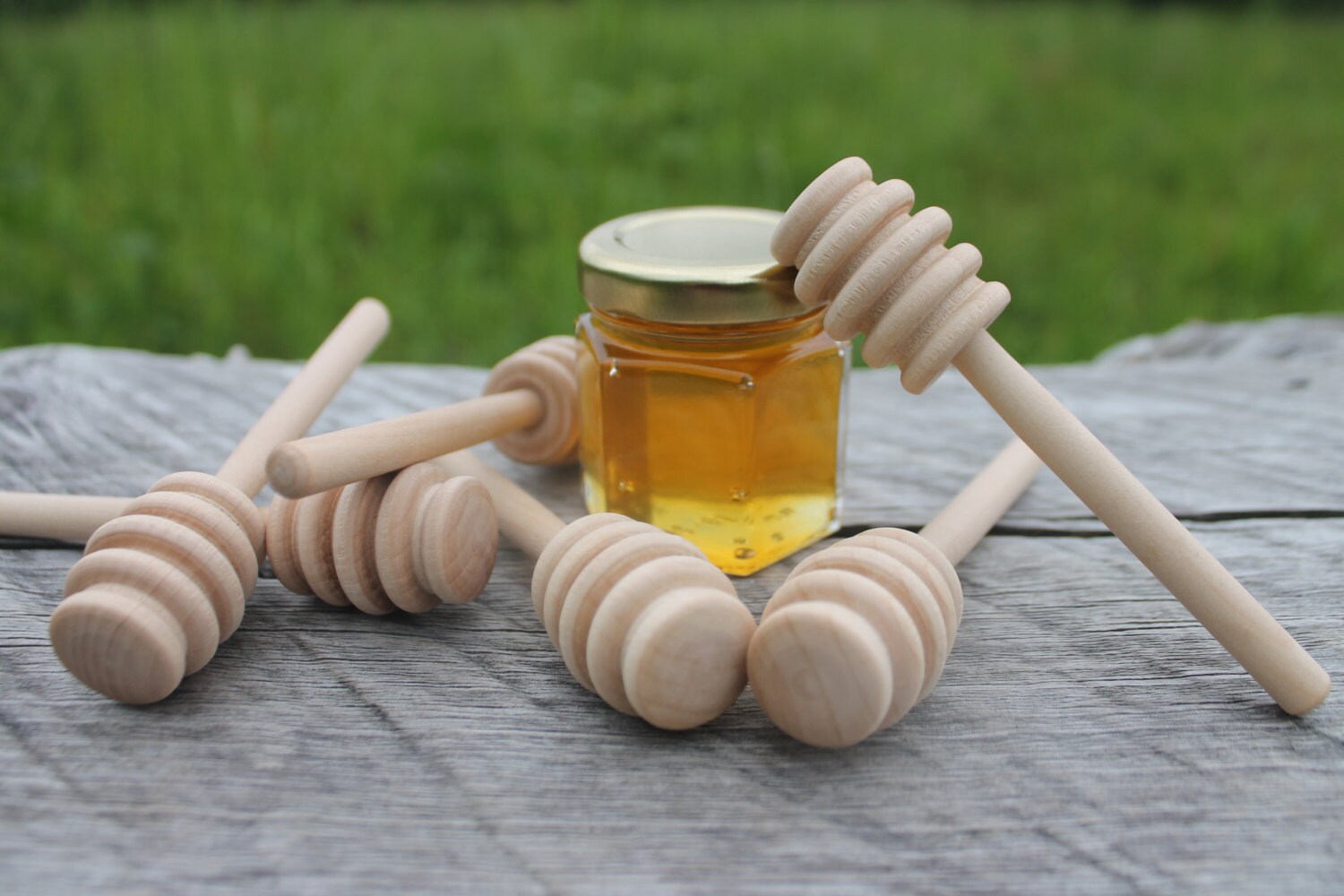
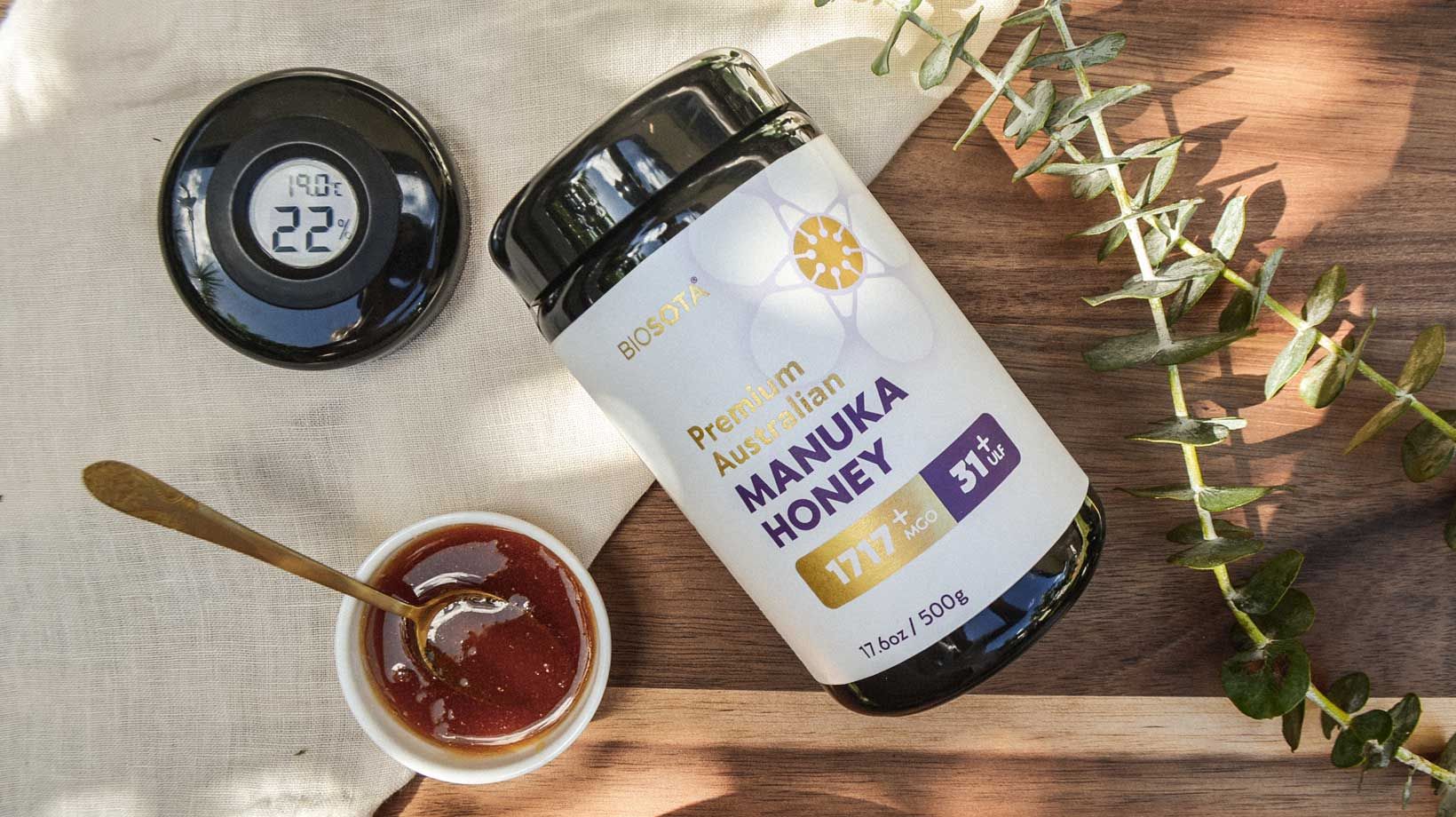
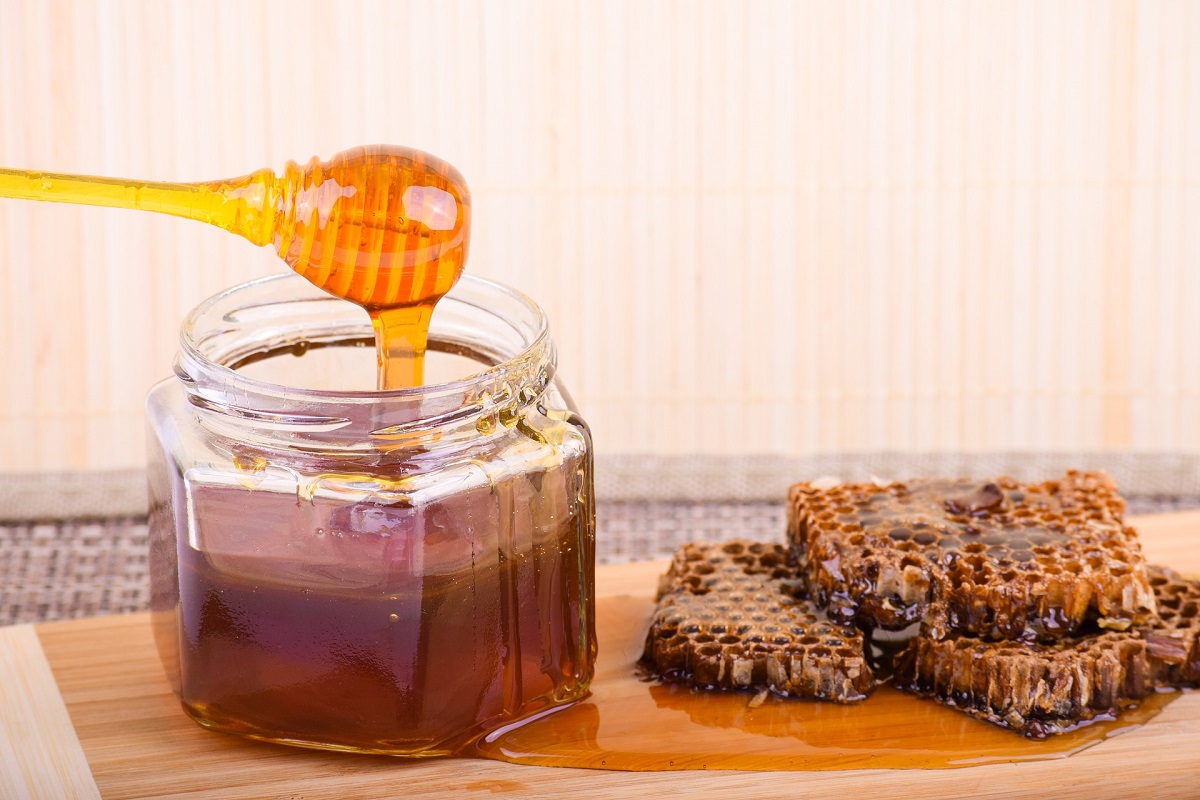
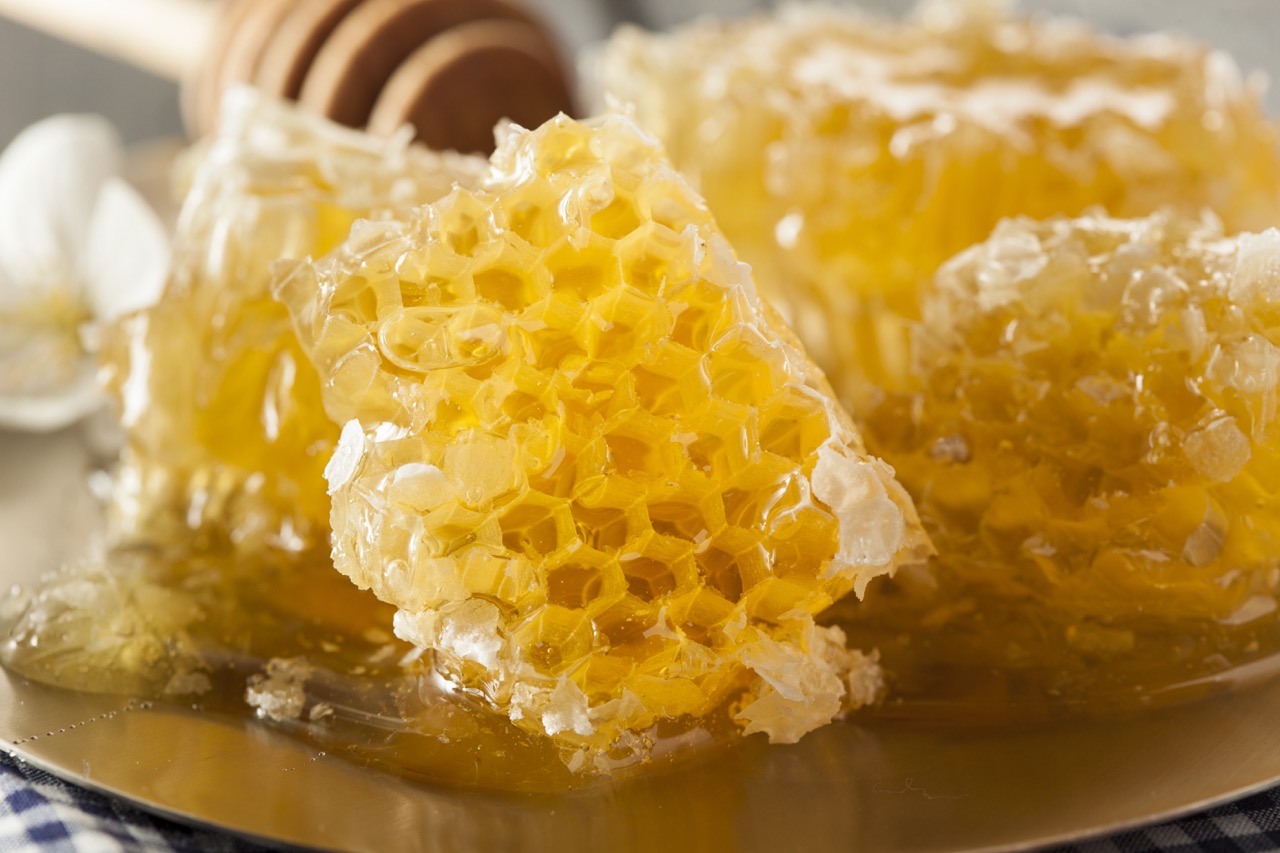
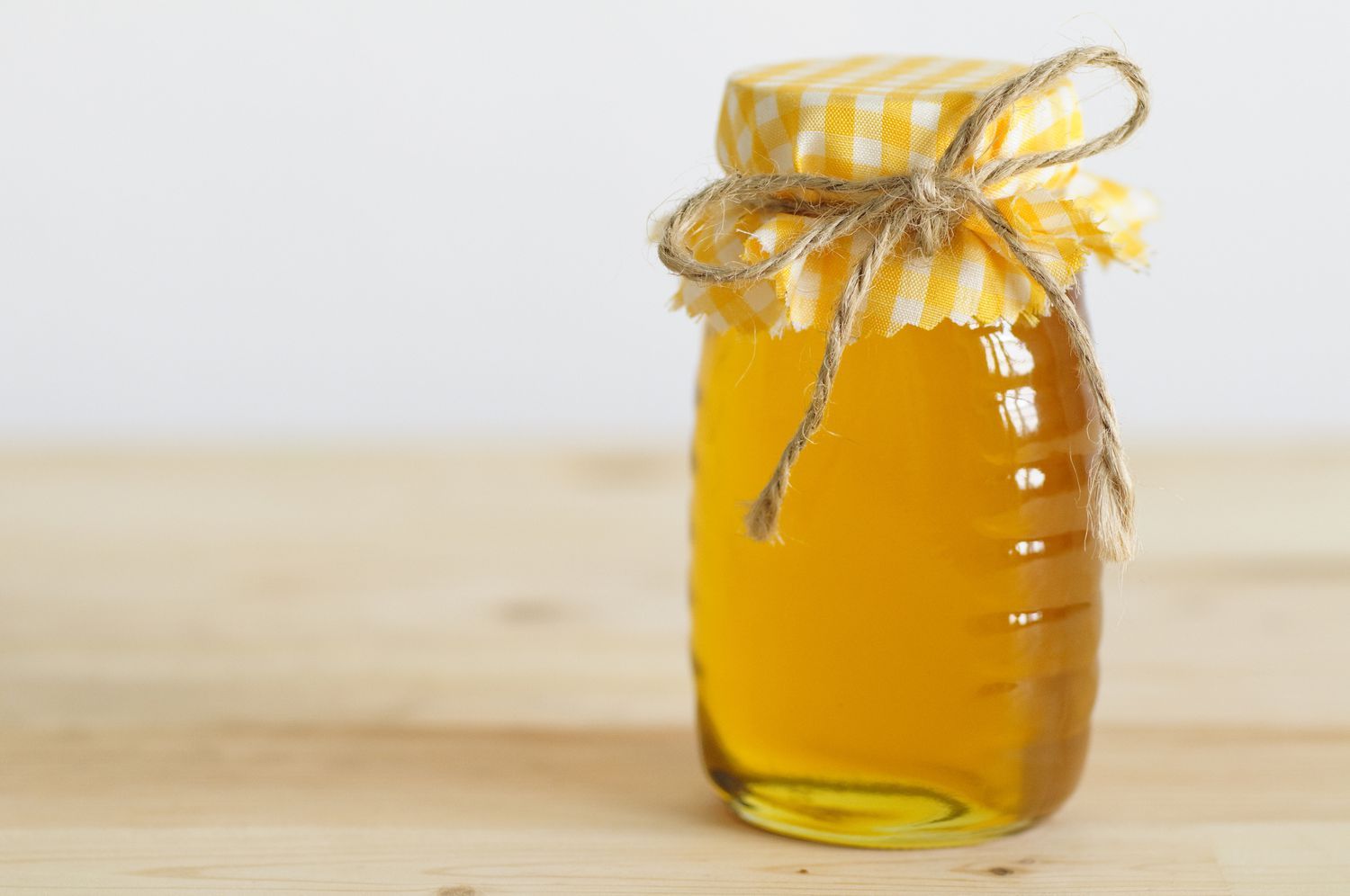
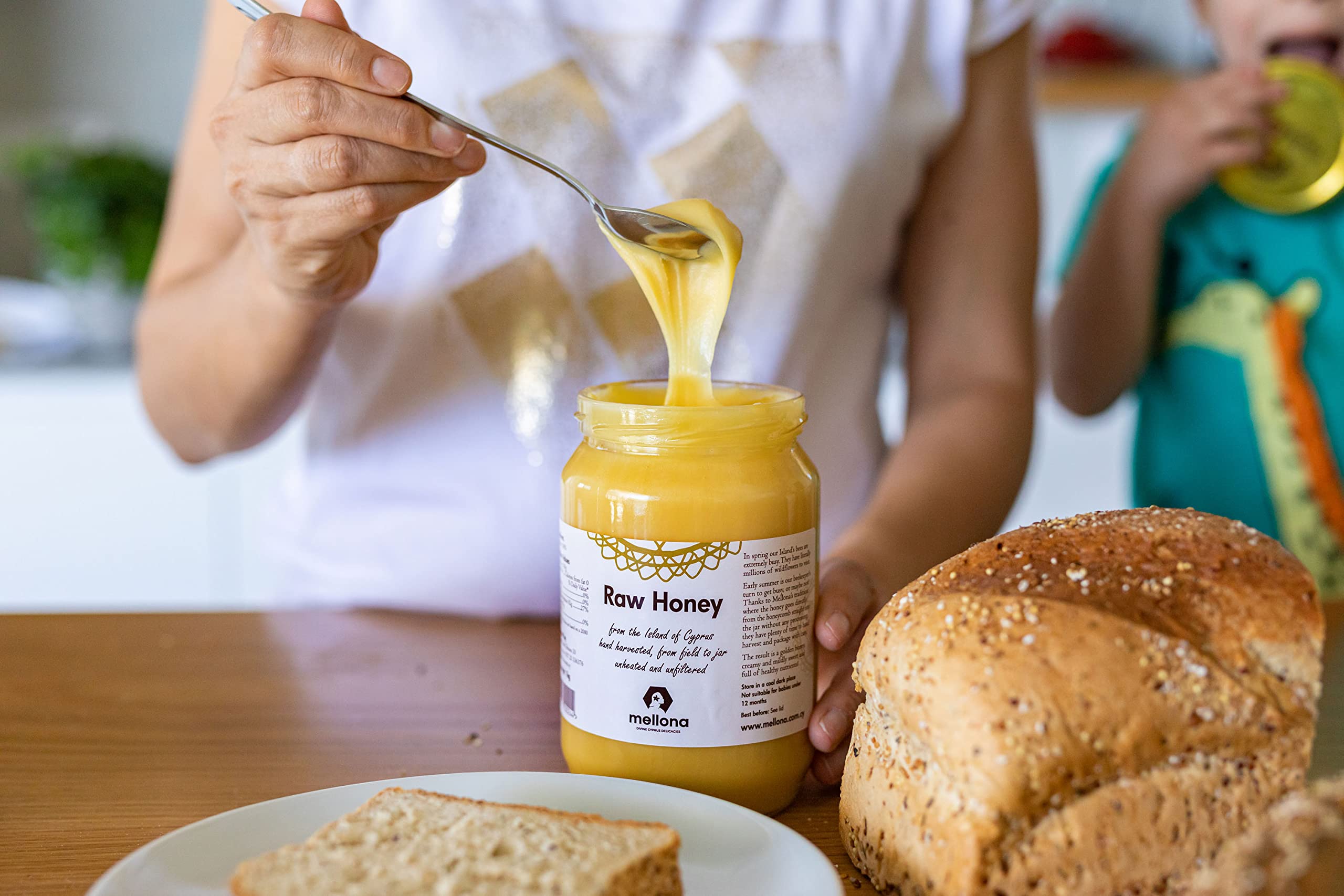
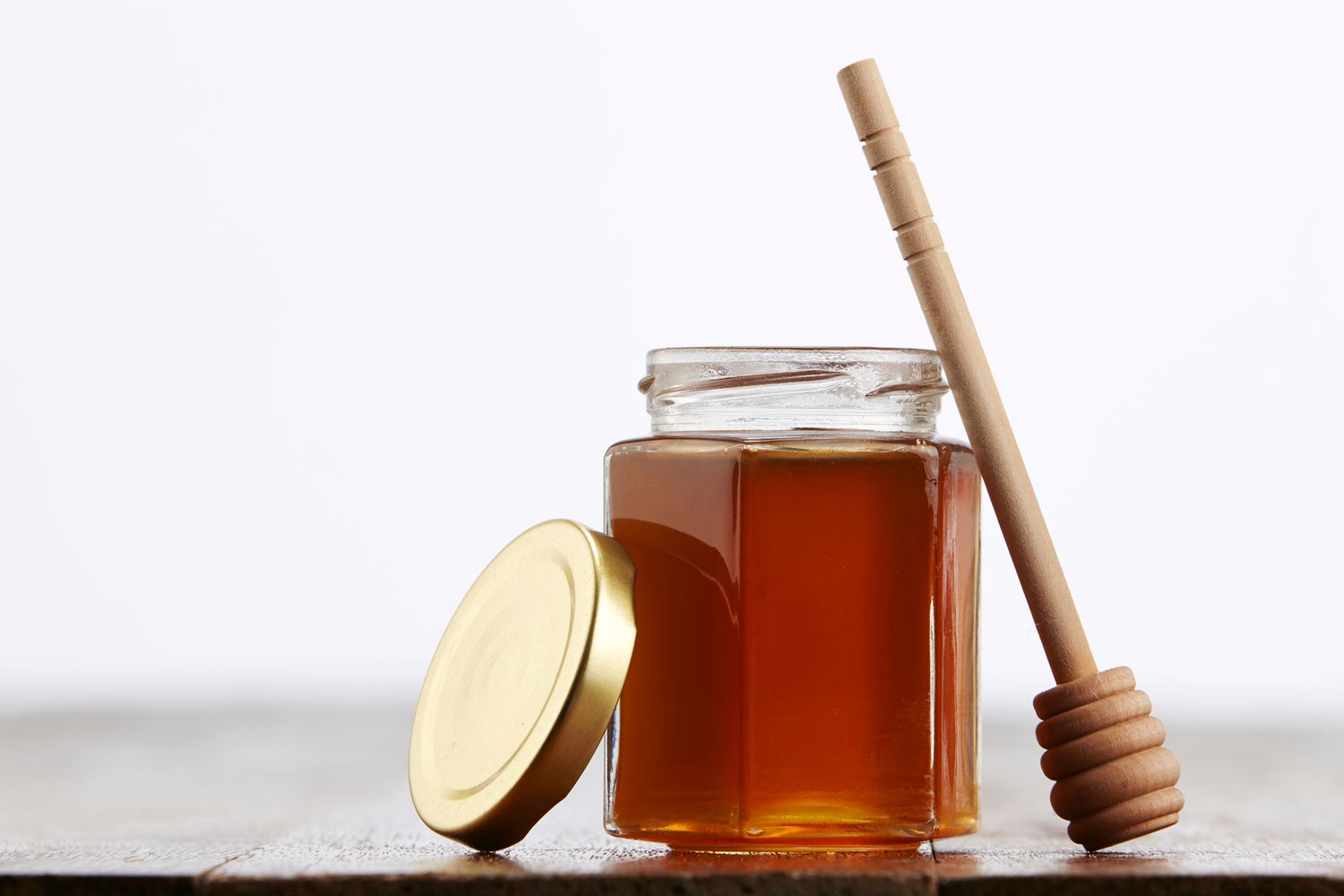
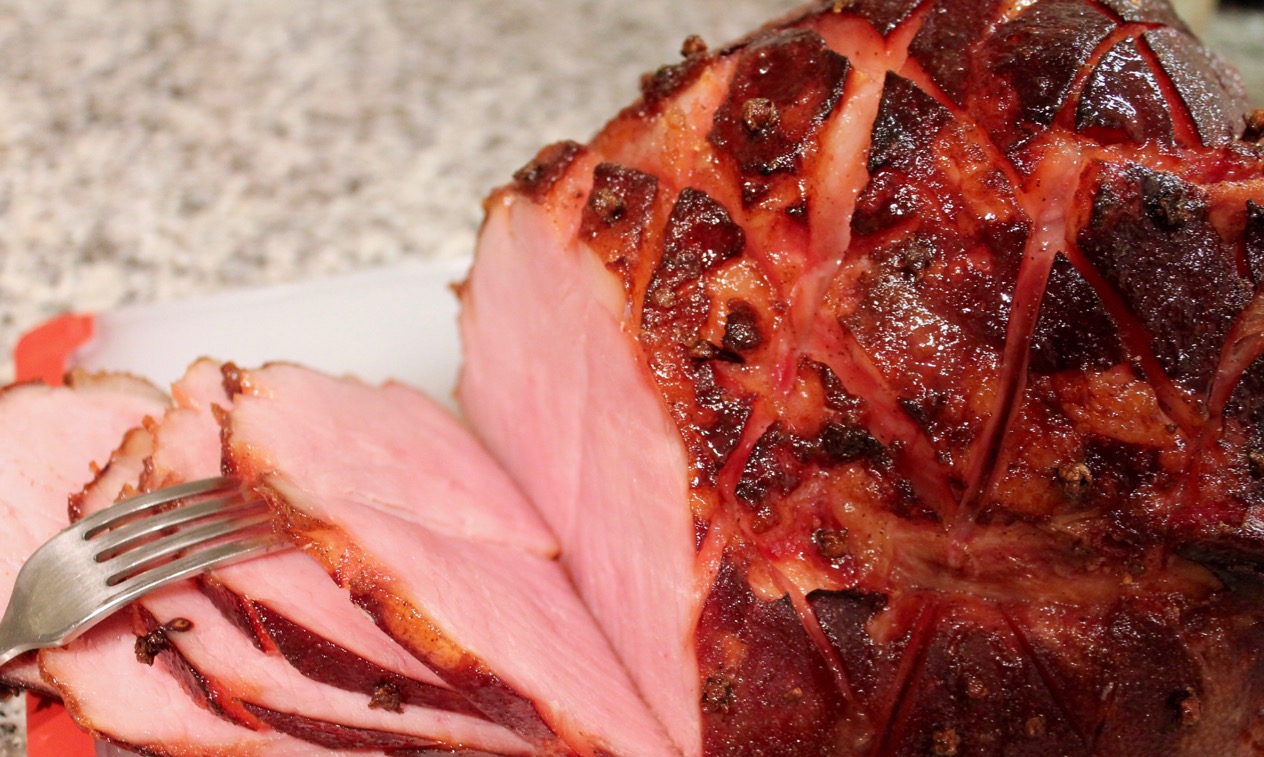
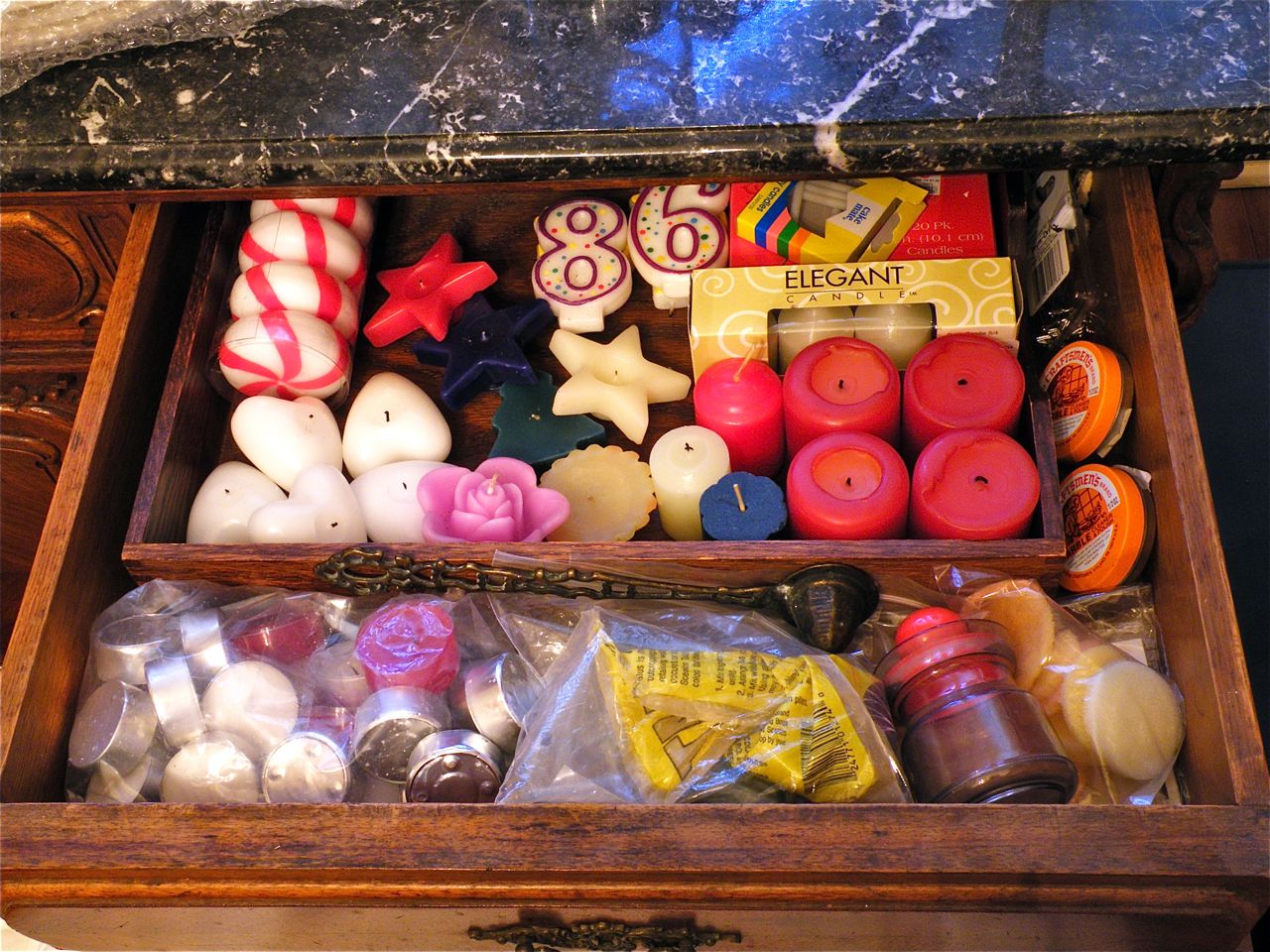
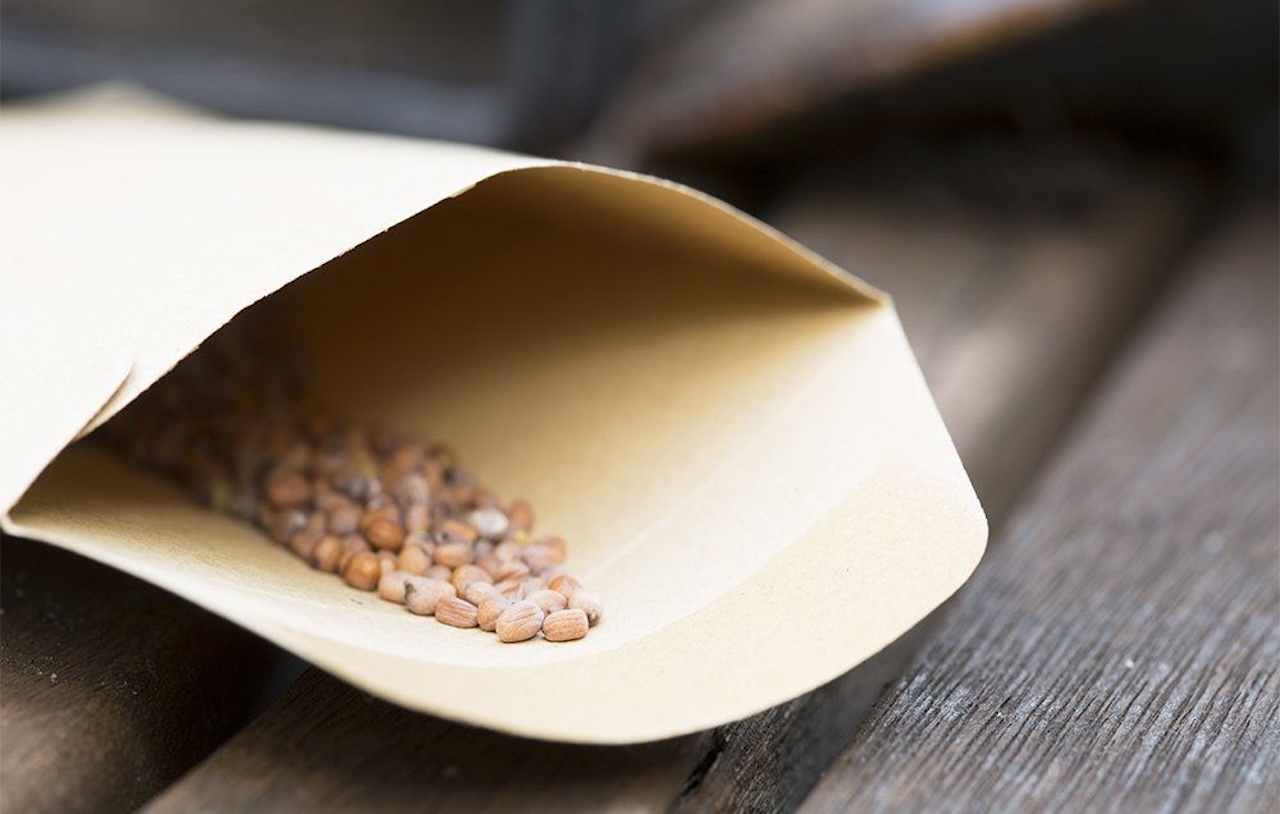
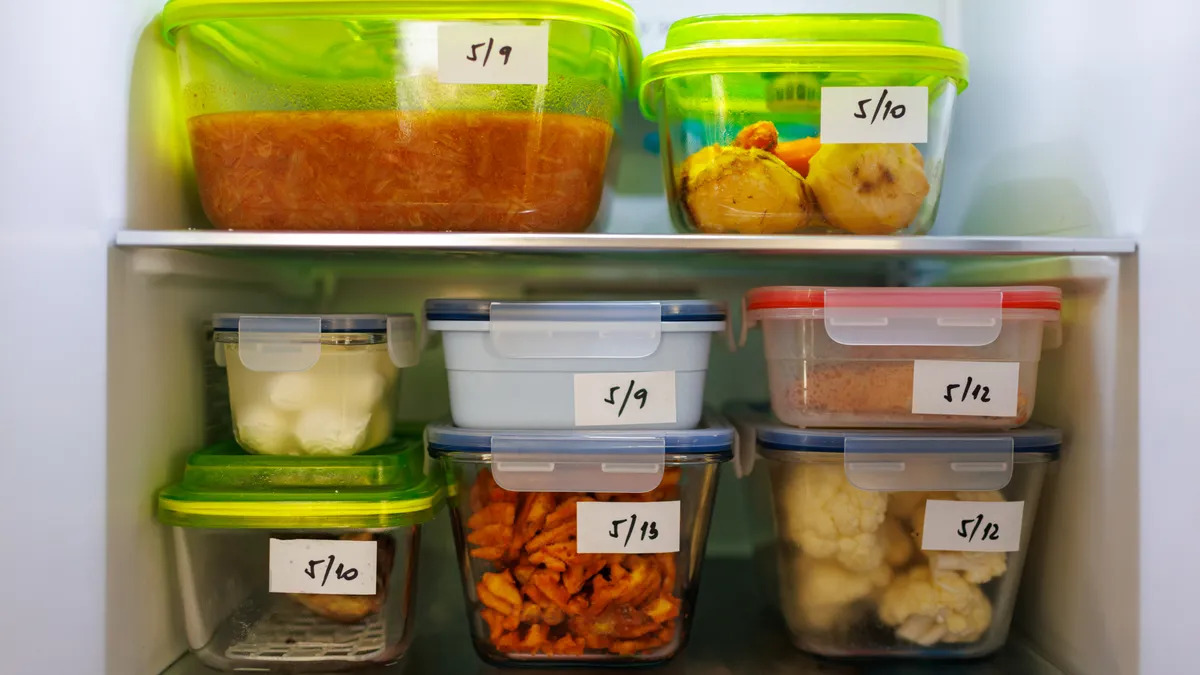
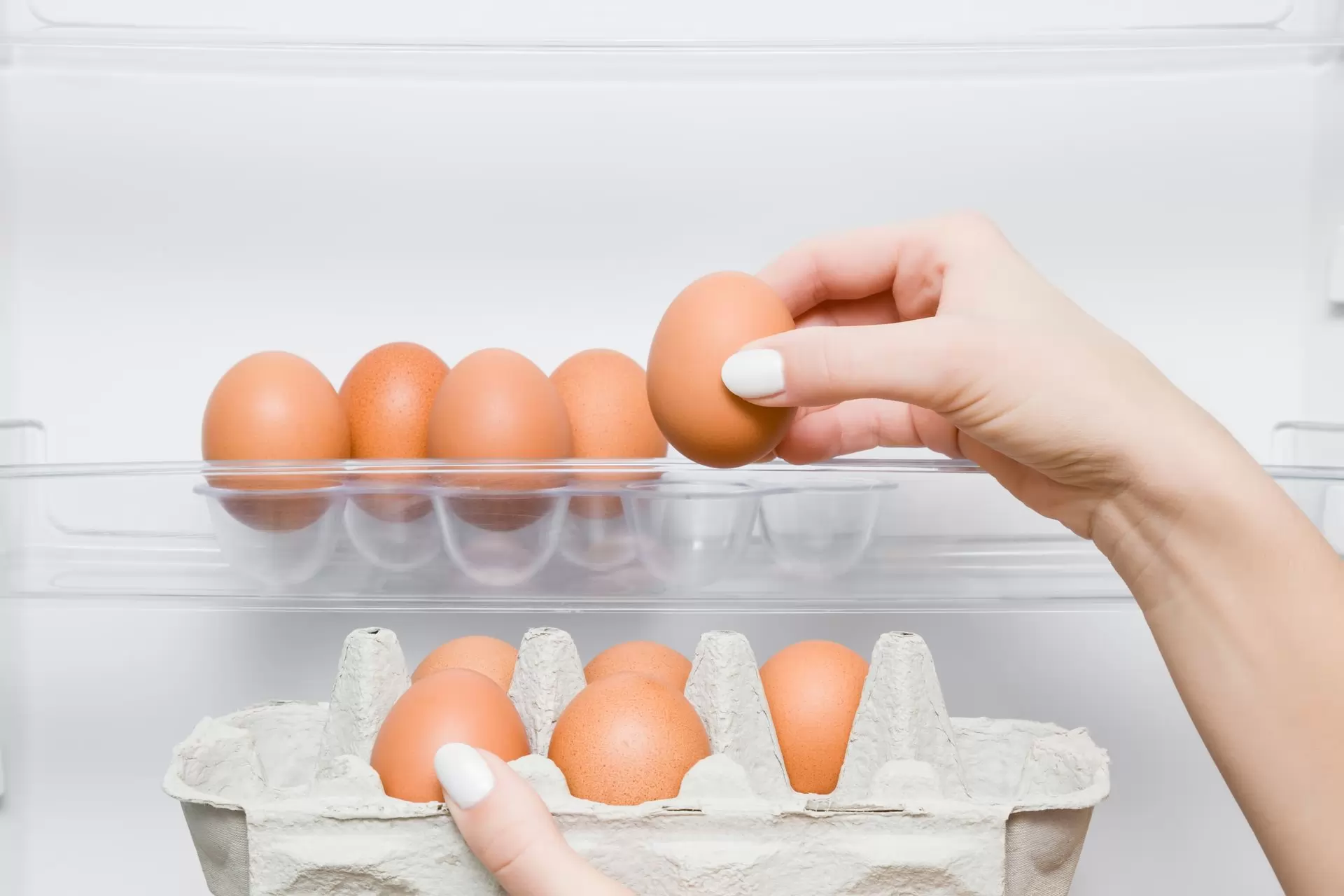
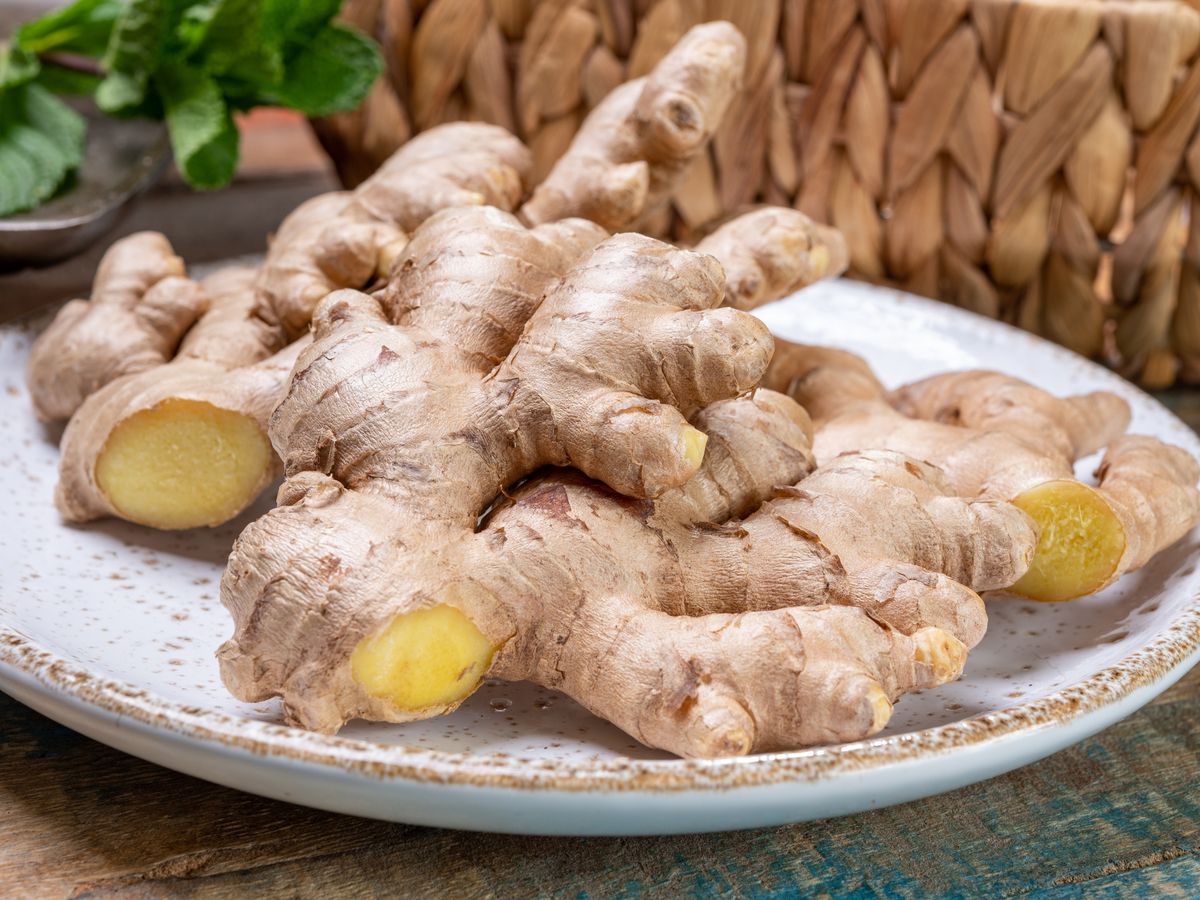

0 thoughts on “How To Store Honey Properly”